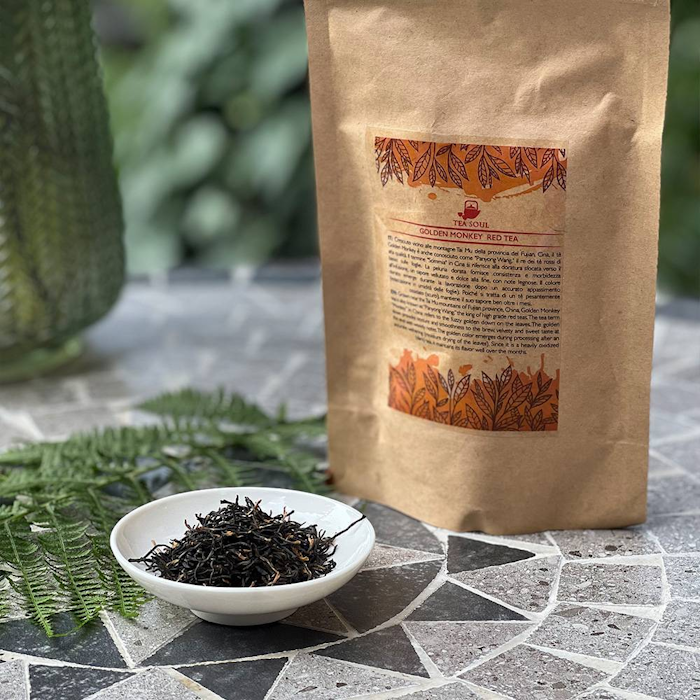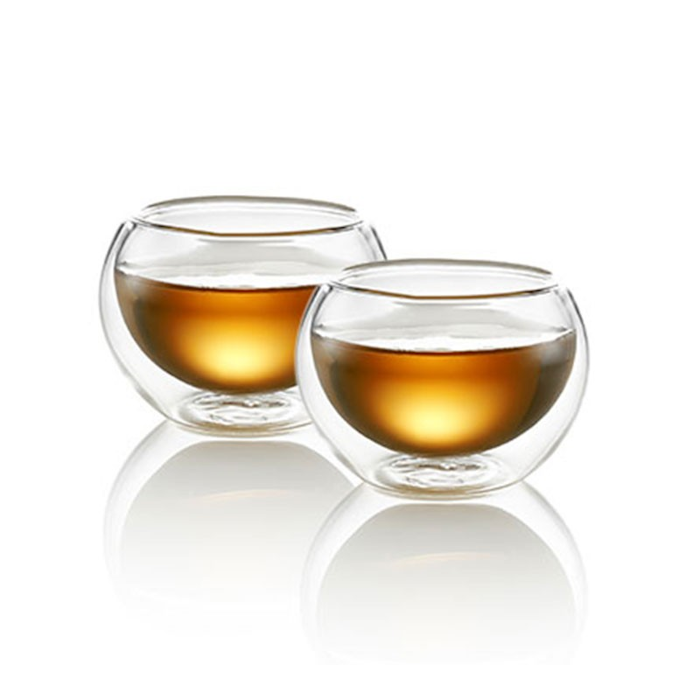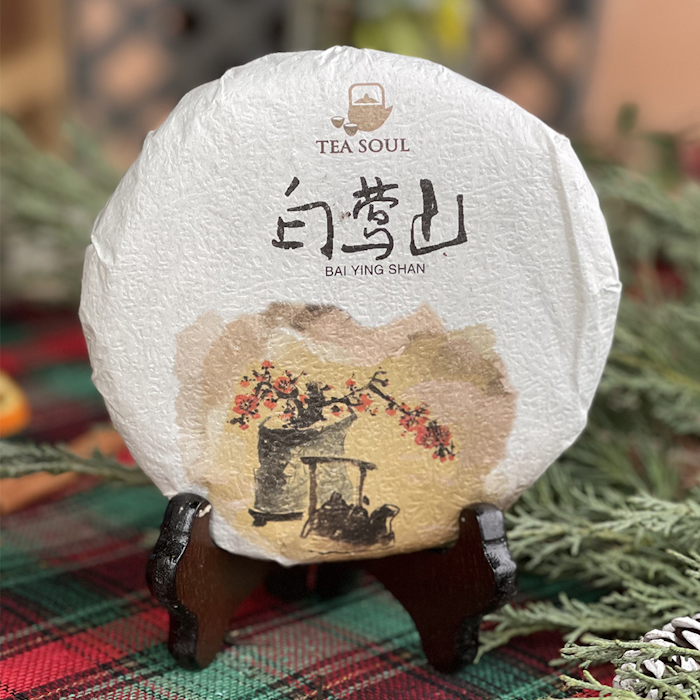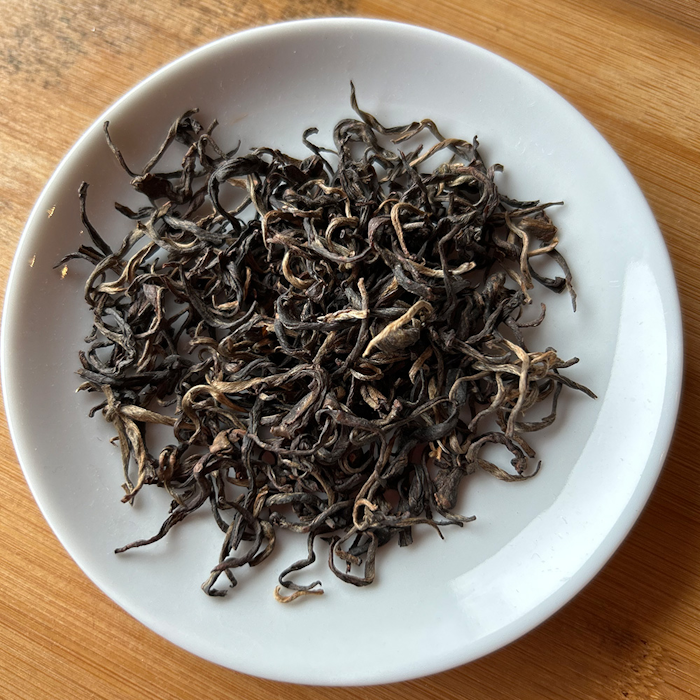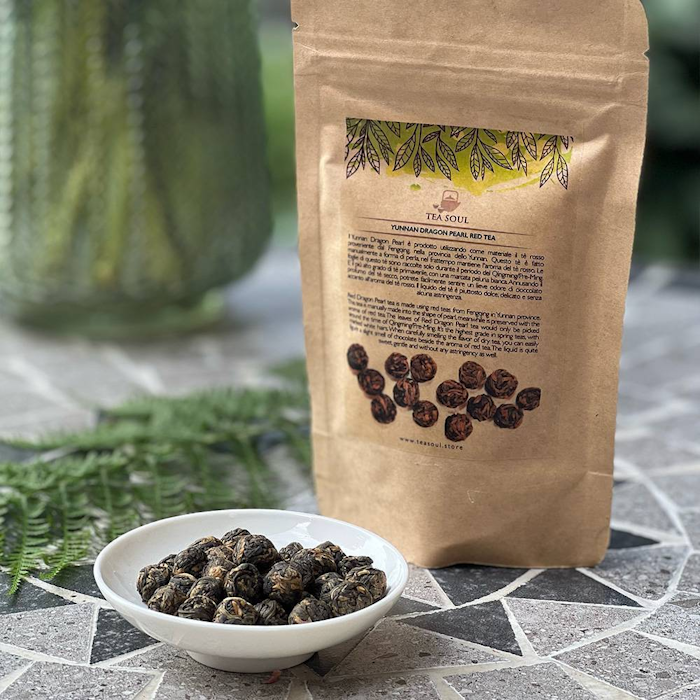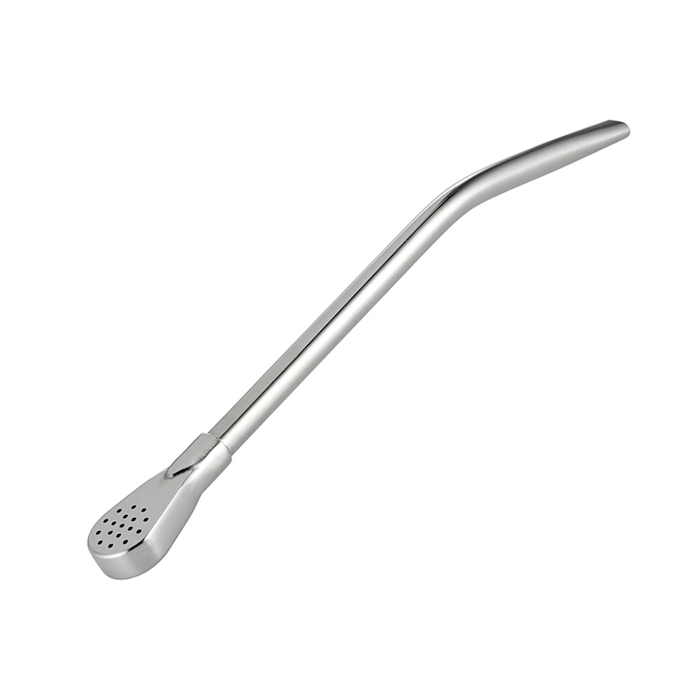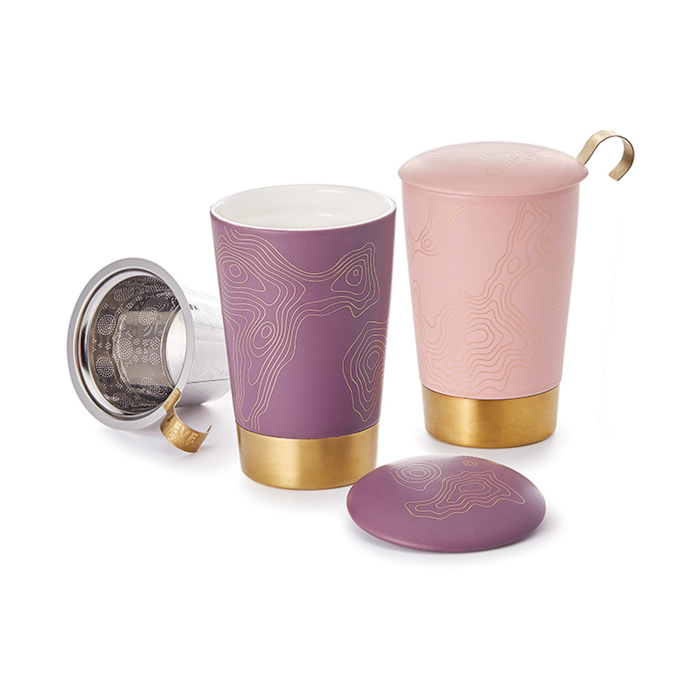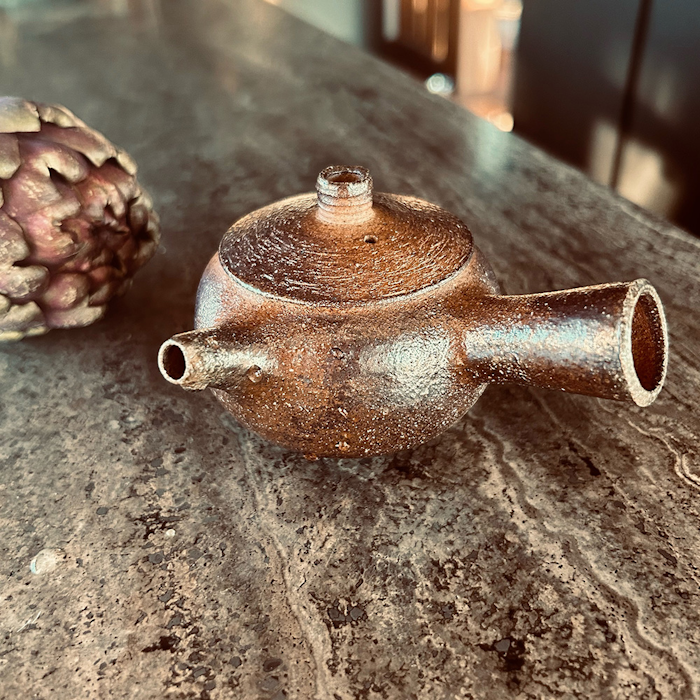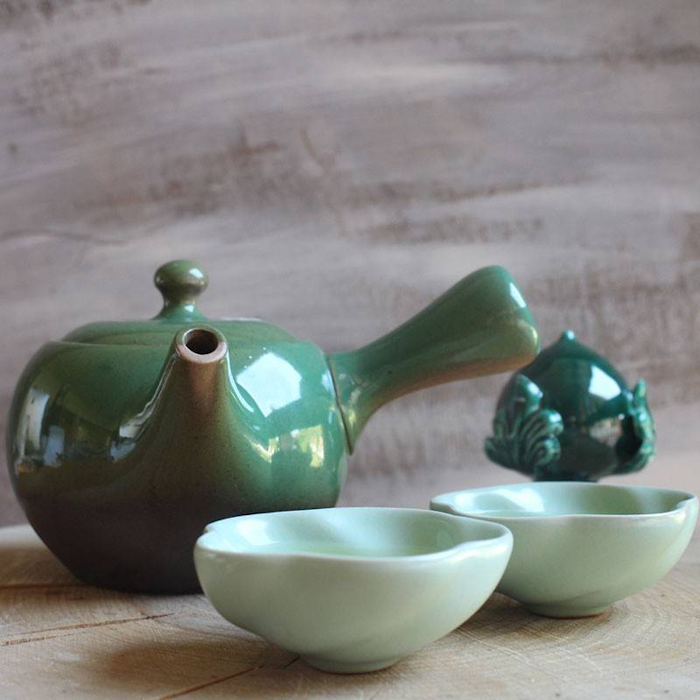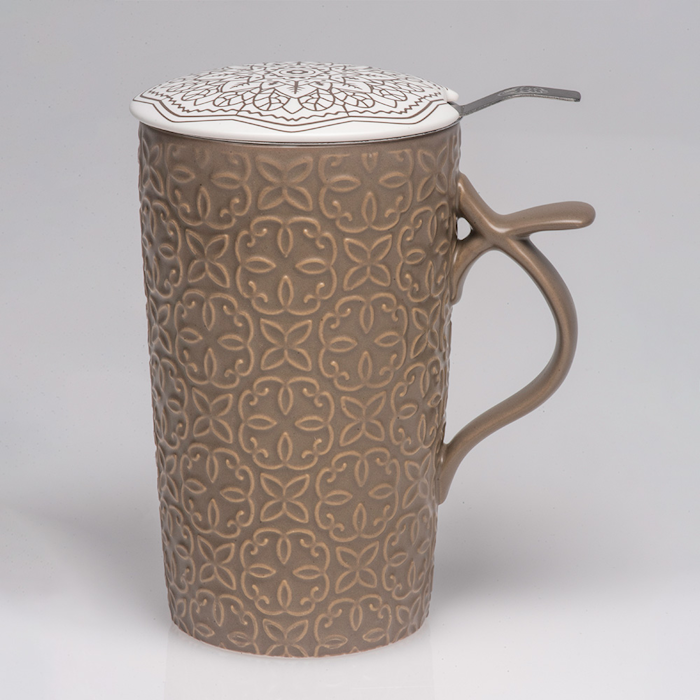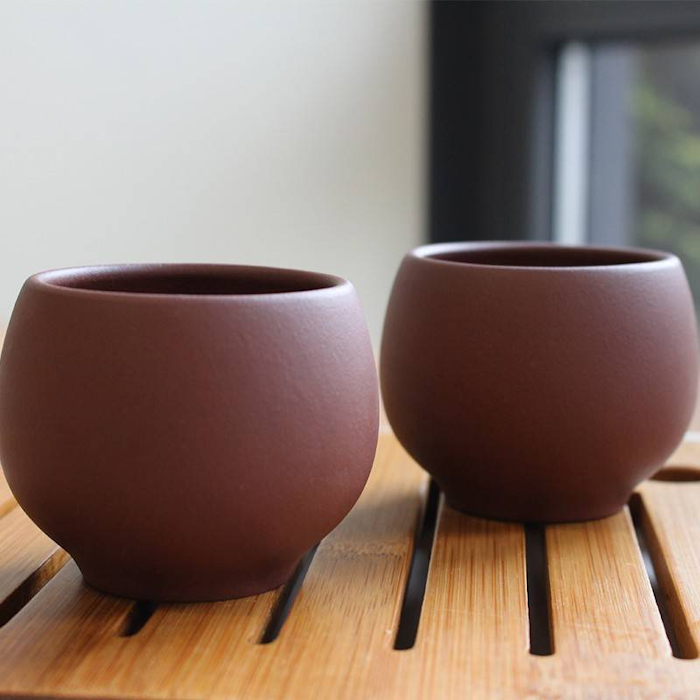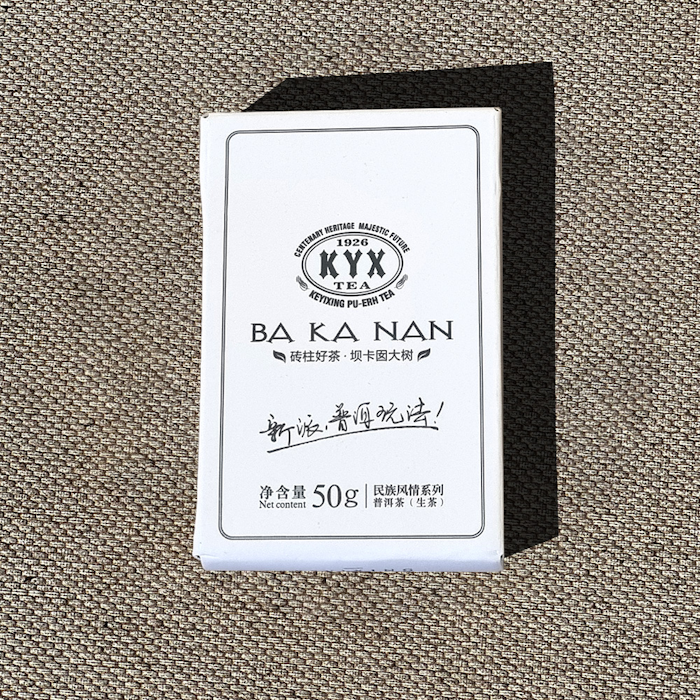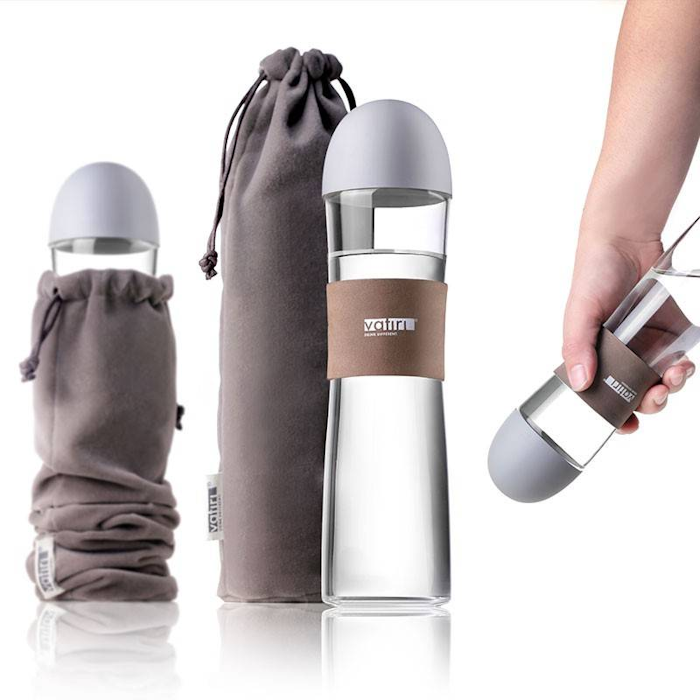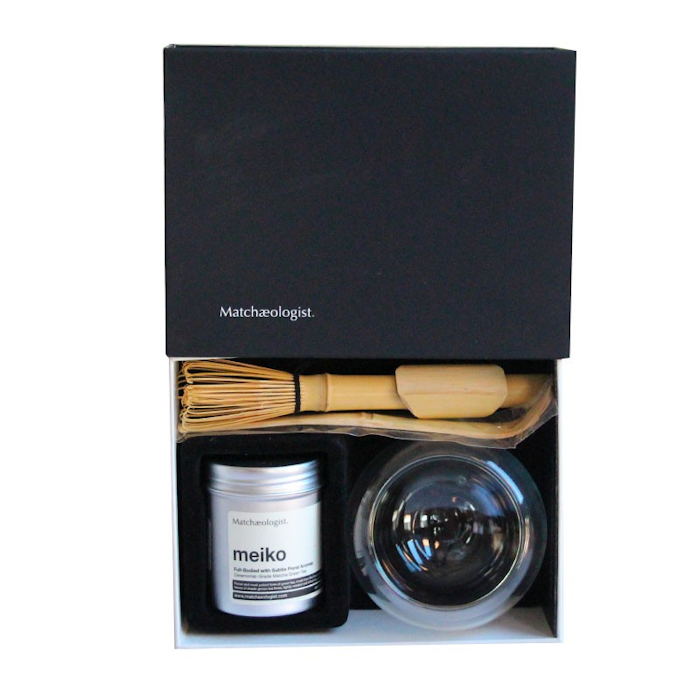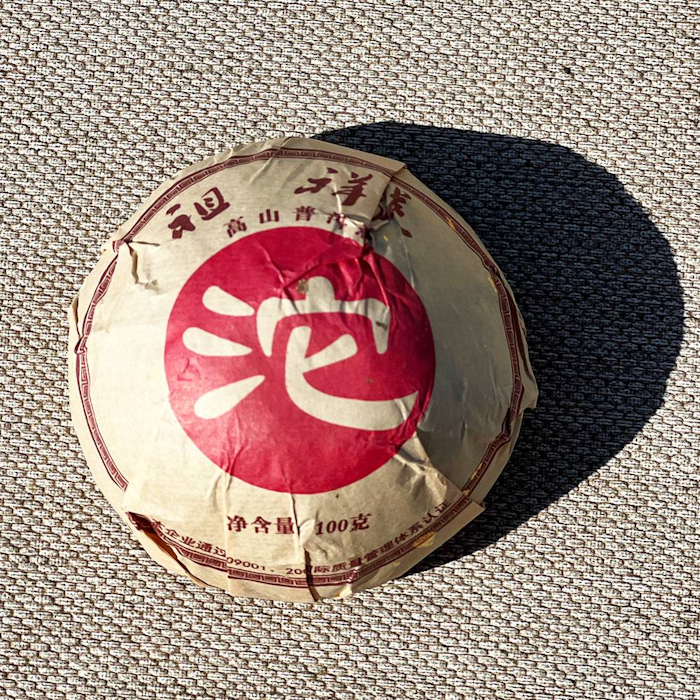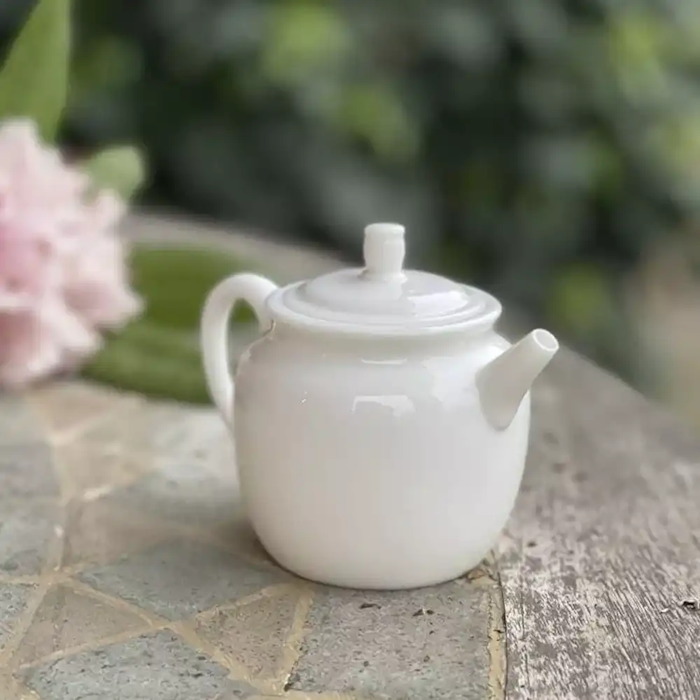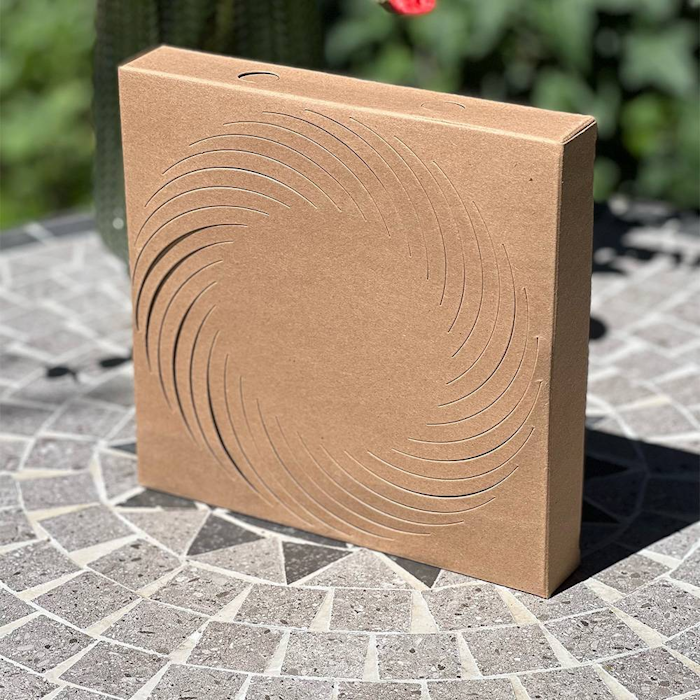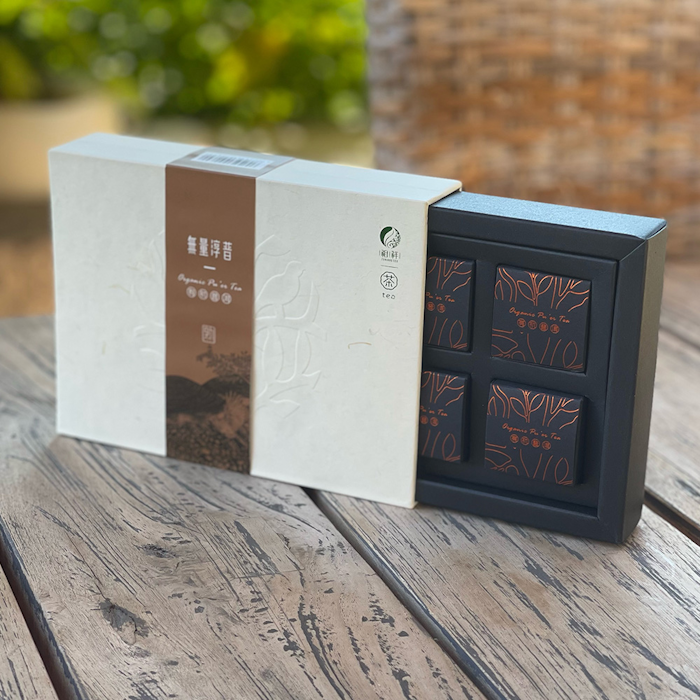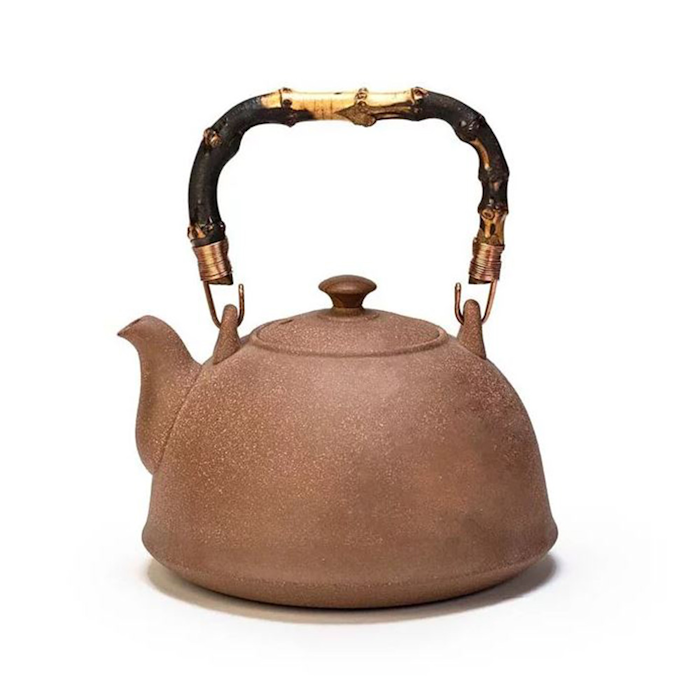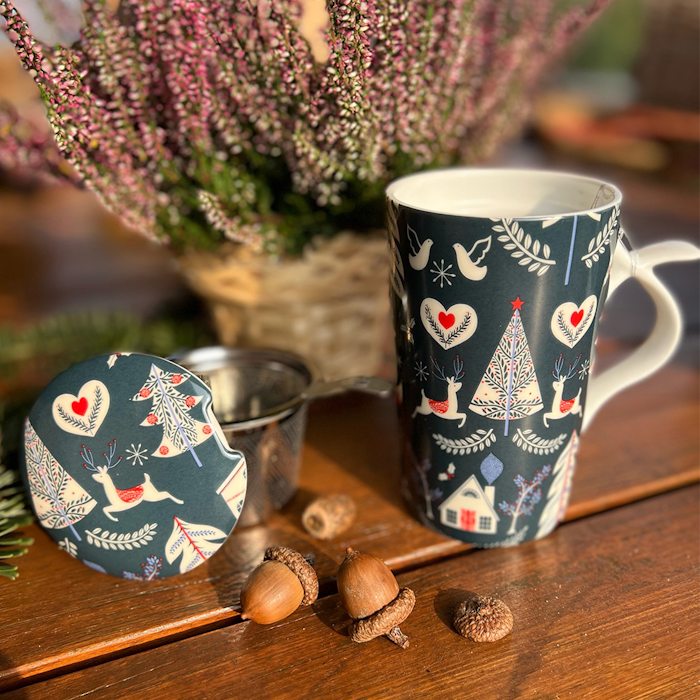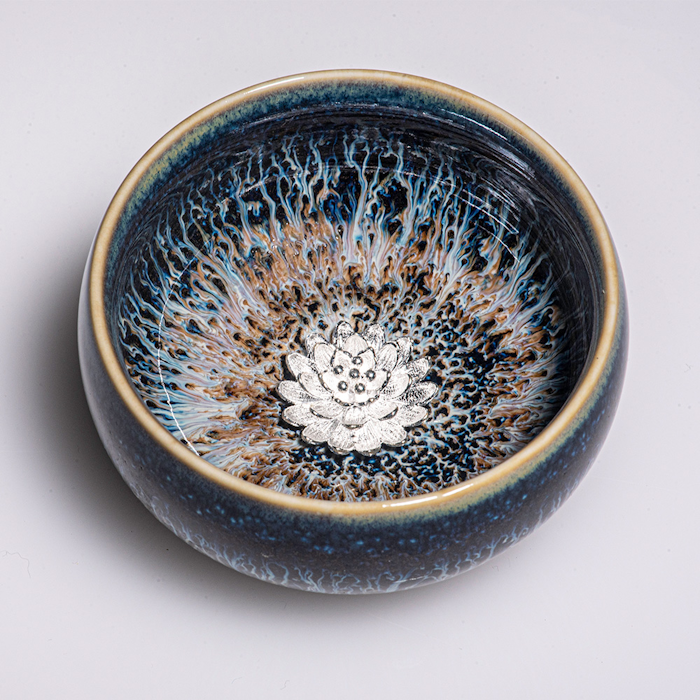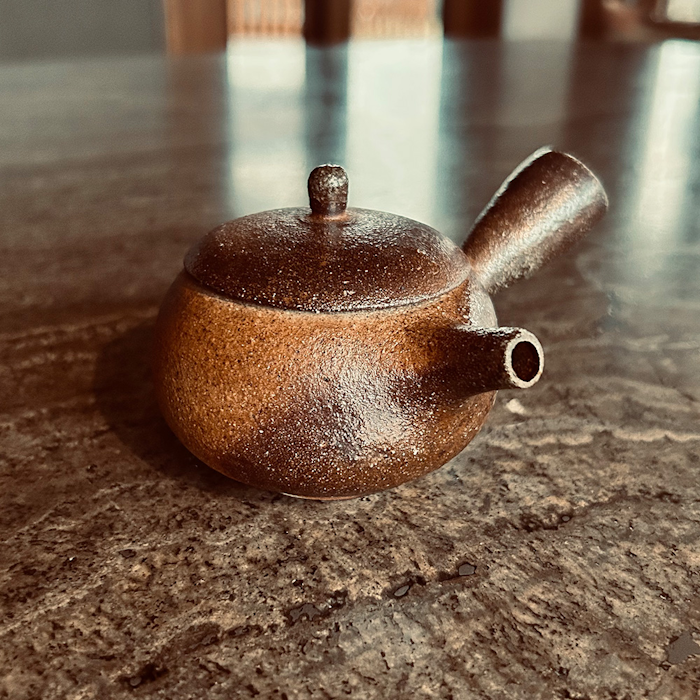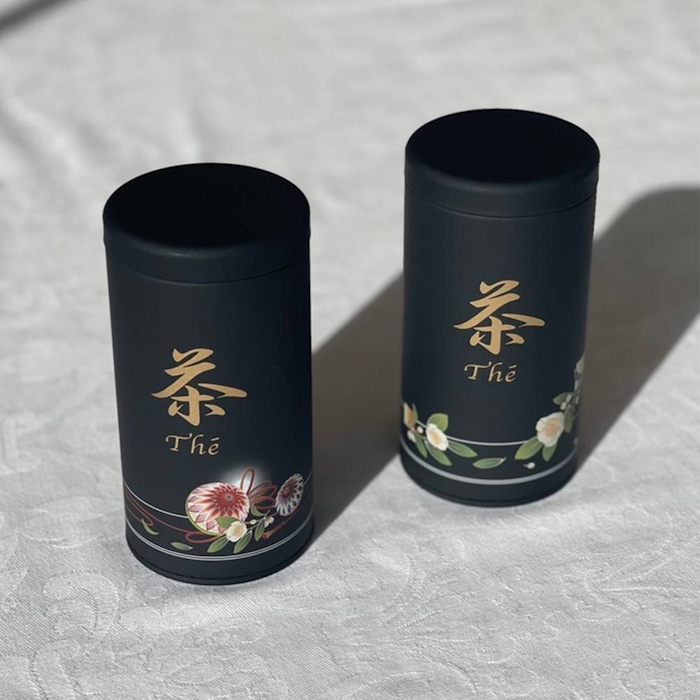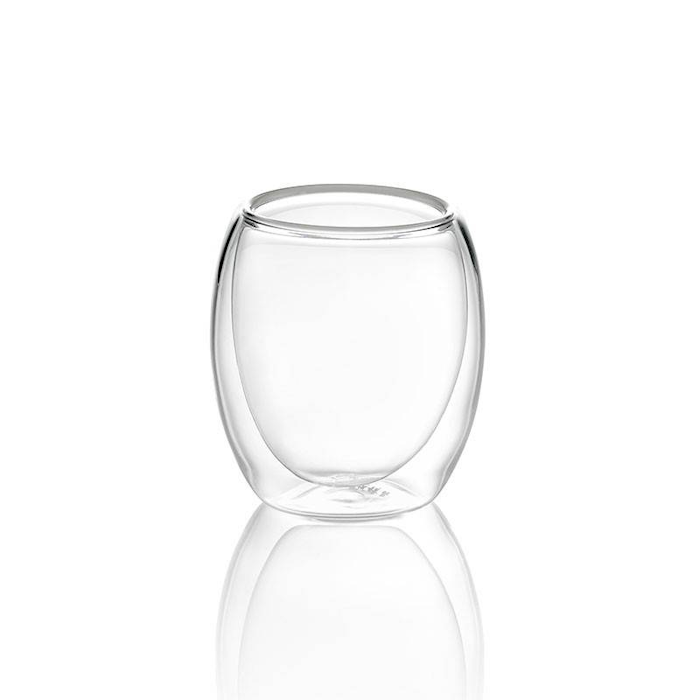The Moonlight Imperial white tea from Jinggu,which in Chinese is called yue guang bai, presents some controversy regarding its definition since, because of its processing, it can fall into as many as four of the six known types of tea. This tea essentially follows a processing similar to that of a white tea, so it is very basic, but during the same one part of the leaf oxidizes a lot almost resembling a red tea.
Because part of the leaf is very oxidized and another part is not there are those who call this tea an oolong and even others put it in the pu er category since it is produced in Yunnan from a particular variety of camellia called taliensis that is found only in this region.
We therefore leave it to those who will try The Moonlight Imperial White Tea the "task" of figuring out which definition is more suitable for these leaves also because even during the tasting of the infusion different flavors will be found ranging among the four categories named above.
The drink will turn out to have an orange color and a very full body typical of a white tea although during the tasting one will distinctly feel the oxidized character of red tea combined with sweet and fragrant flavors typical of an oolong. At the end of the tasting in the mouth will persist quite a bit the sweetness of this tea as is often the case when going to taste puer.
Discover the entire selection of Tea Soul teas.
Tasting - Sight and Smell
Moonlight Imperial white tea has surprisingly variegated colors, which one would not expect from a white tea: the leaves are in fact very dark, a deep brown with brown highlights, while the many buds are green and silvery, covered with soft white fluff. Once infused, they release sweet aromas reminiscent of honey and floral, with a fresh note of very delicate green wood. In the cup, the tea is a beautiful golden yellow color, deepening in gaiwan as the infusion progresses until it almost approaches orange. There is no bitterness or astringency, just sweetness and a fruity smoothness that pleasantly envelops the palate.
Tasting Notes
GONG FU CHA
The first infusion of Moonlight Imperial white tea is sweet with sugary hints of acacia honey, with a slight woody note that suggests young branches and lends freshness. With the second infusion, hints of fruits such as yellow peach and apricot emerge strongly, as well as hints of wild flowers and a distinctive vanilla cocoa note. With the third and subsequent infusions, the sweet component prevails again, with notes of lime honey a little stronger than at the beginning; the floral part is also more intense, and the whole is somehow softer and perfectly balanced.
TO THE WEST
The first sip of Moonlight Imperial white tea gives fresh hints of green wood and floral notes of wildflowers and chamomile. The sweetness of lime honey then appears almost immediately, followed by notes of yellow fruits such as peaches and apricots, in the form of compote or jam. In the floral notes , which remain on the finish along with very sugary hints, osmanthus also seems to emerge now.
Location of origin
Jinggu, Lincang - China
Production
The leaves of Moonlight Imperial white tea are usually harvested very late in the day and then left to wither overnight inside the production facilities.
After this process, the leaves are placed in heated chambers with temperatures around 40 degrees to allow for firmer oxidation while the product continues to lose moisture. This type of tea has a fairly recent production: for this reason there are various techniques and experiments around its processing, which may vary little from the method we have indicated above.
Preparation of Moonlight Imperial White Tea
We strongly recommend infusing Moonlight Imperial white tea in the traditional Chinese method (gong fu cha) to best enjoy these leaves.
Following this preparation, 5 grams of leaves (about 3 teaspoons) can be used in a gaiwan of about 150 ml to obtain several infusions with different tastes. After a quick rinse of the leaves in water at 85°C, an initial infusion of 40 seconds can be made, after which, keeping the water at the same temperature, the time can be increased by 10 seconds each time compared to the previous infusion (40-50-60...).
This tea has a longevity of about 8 infusions.
For a classic preparation according to the Western style we recommend 3 grams of leaves (about 2 teaspoons) in a 200 ml cup with water at 85°C for an infusion time of 3-4 minutes.
The tea can be filtered for ease when tasting and also the infusion times given above here are meant to be purely indicative so you can also adjust according to your personal taste.
We recommend storing in a cool, dry place away from direct sunlight.
Black Friday 50









